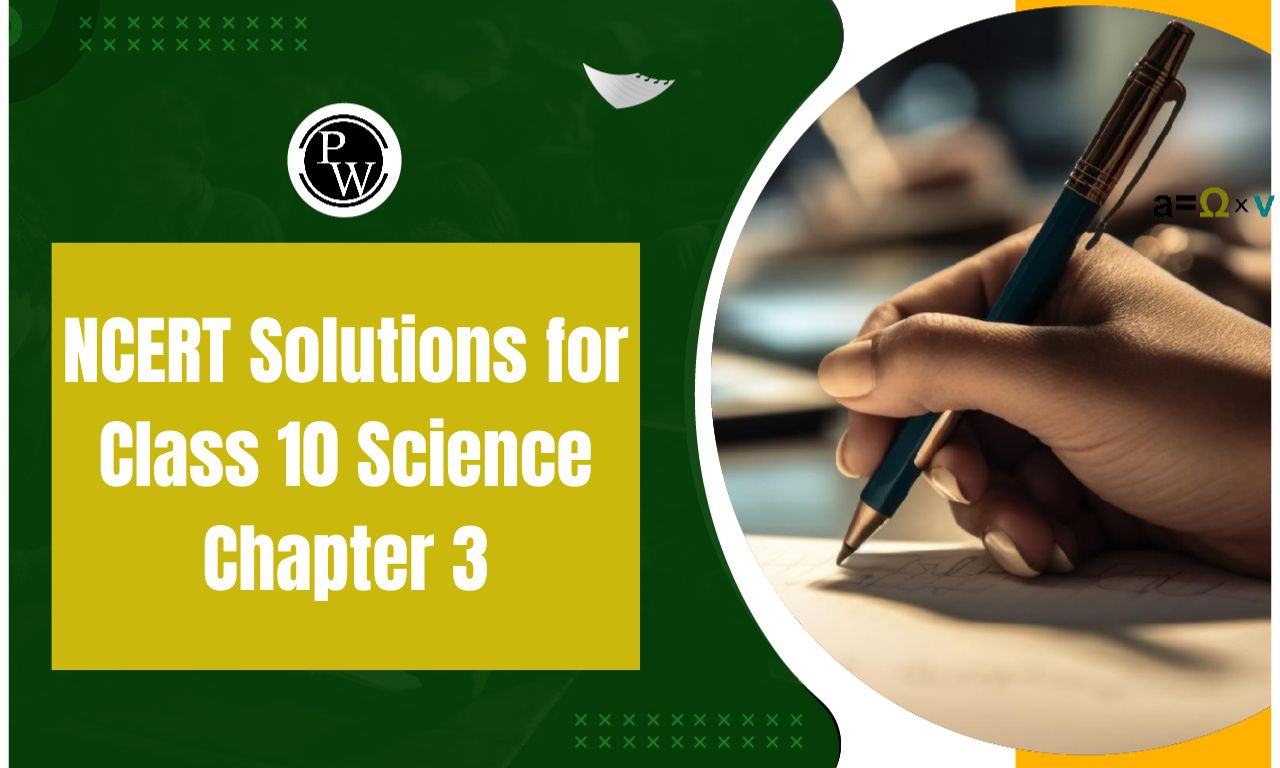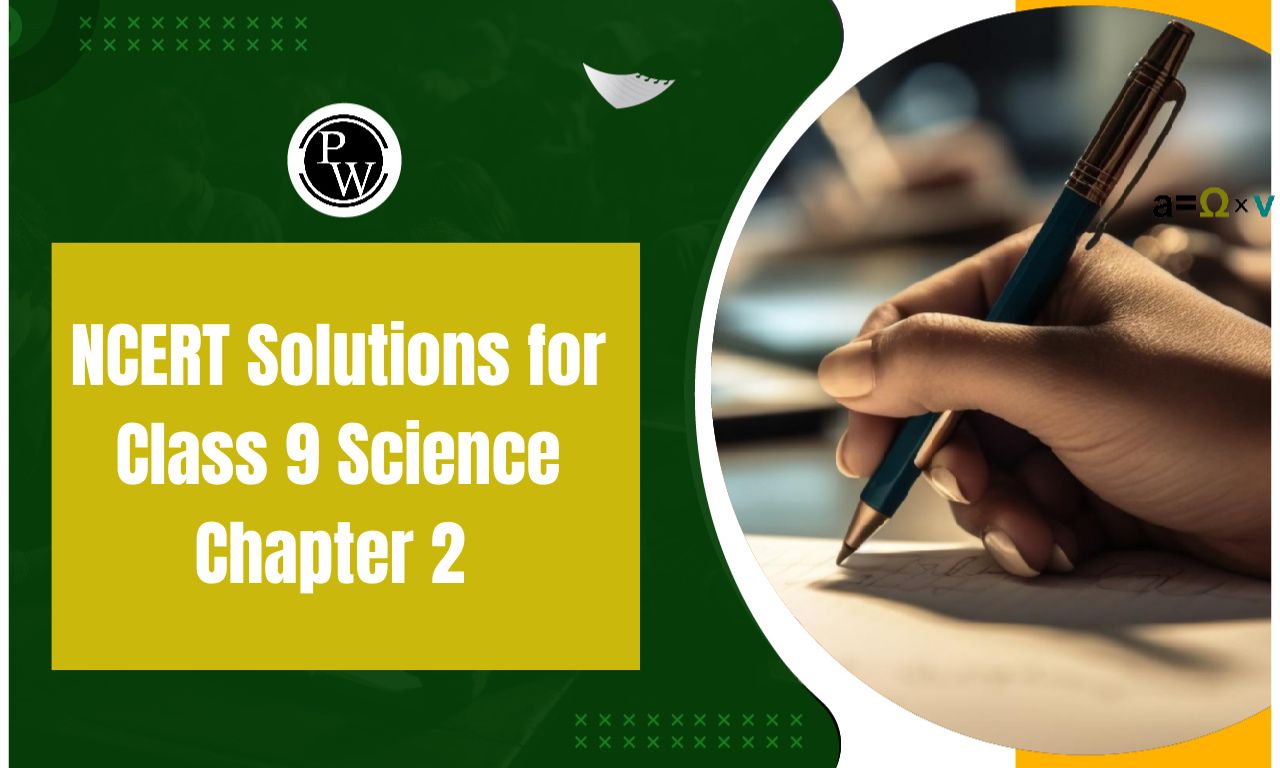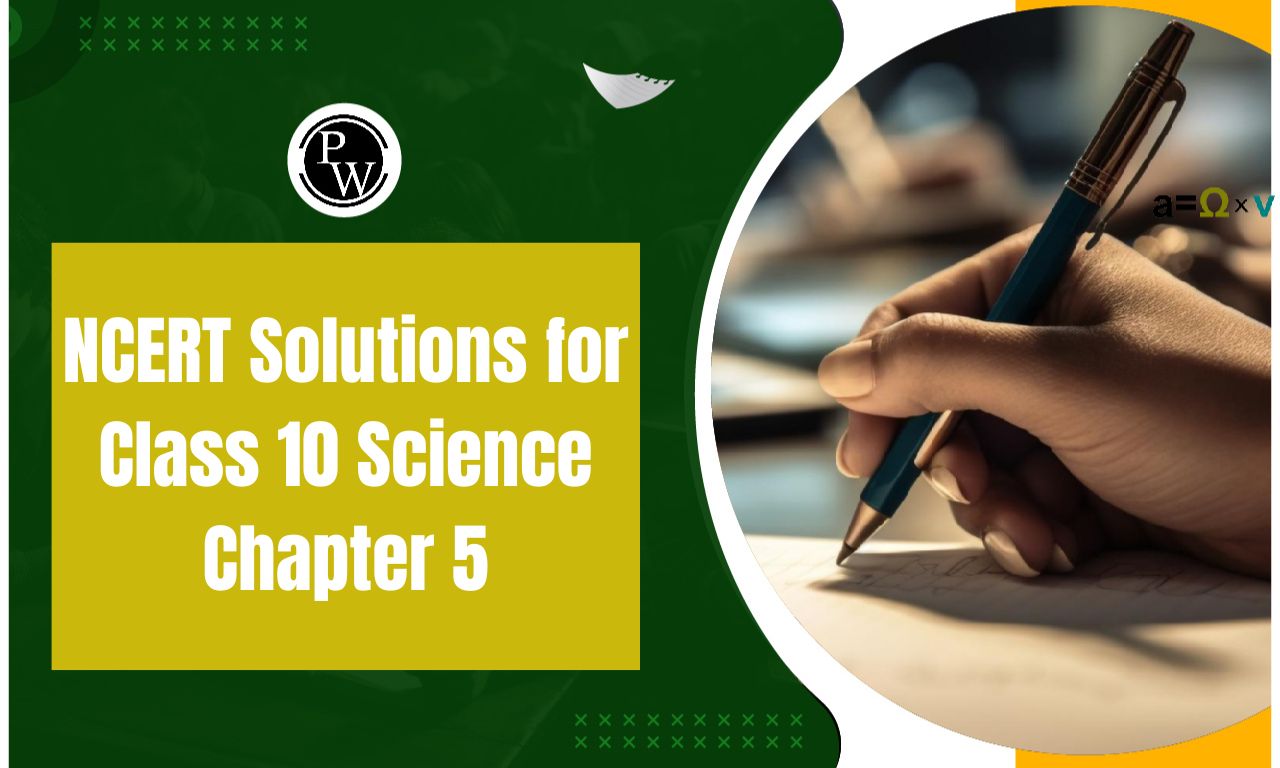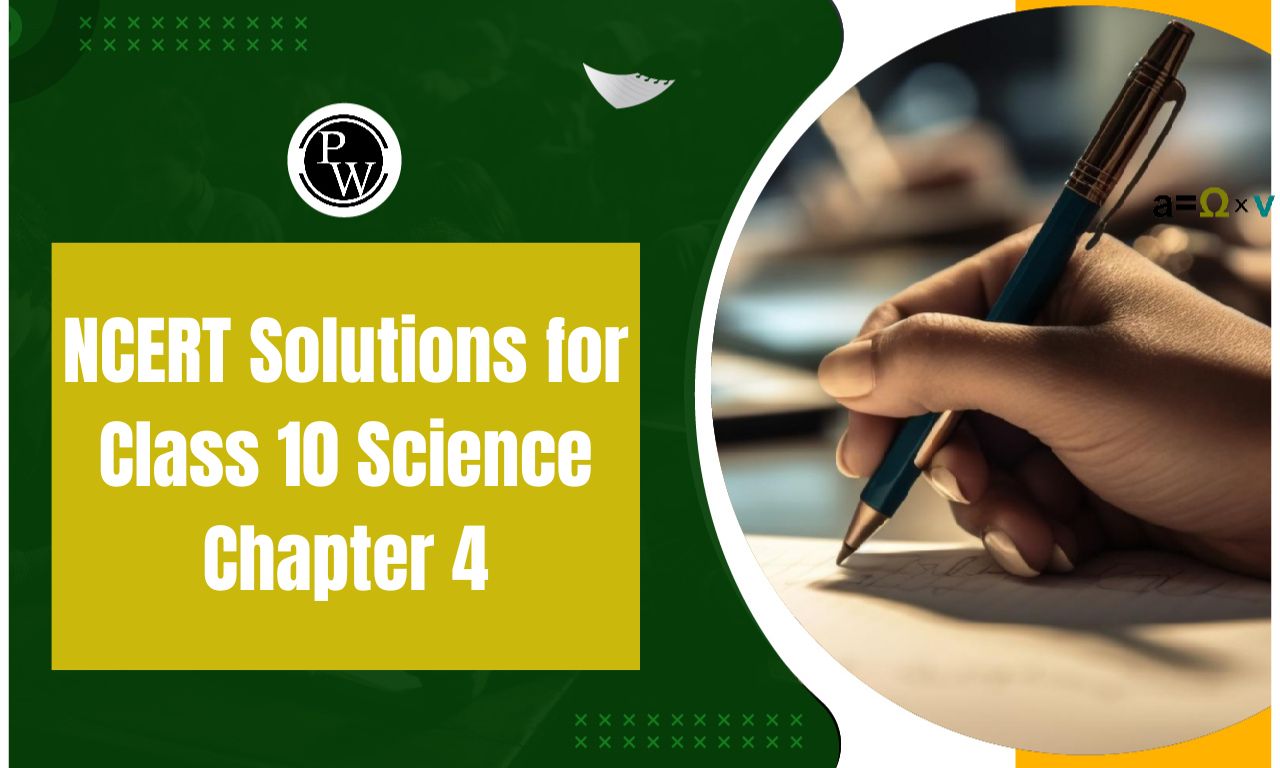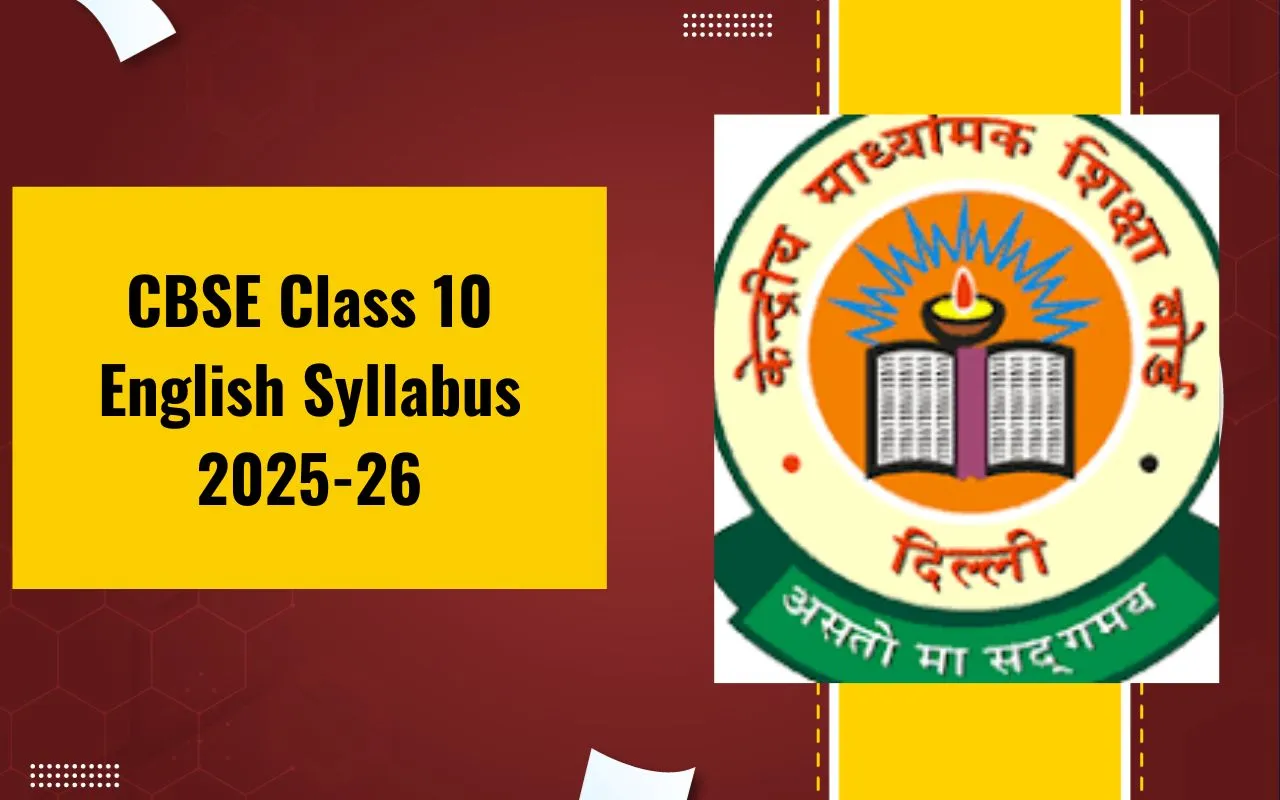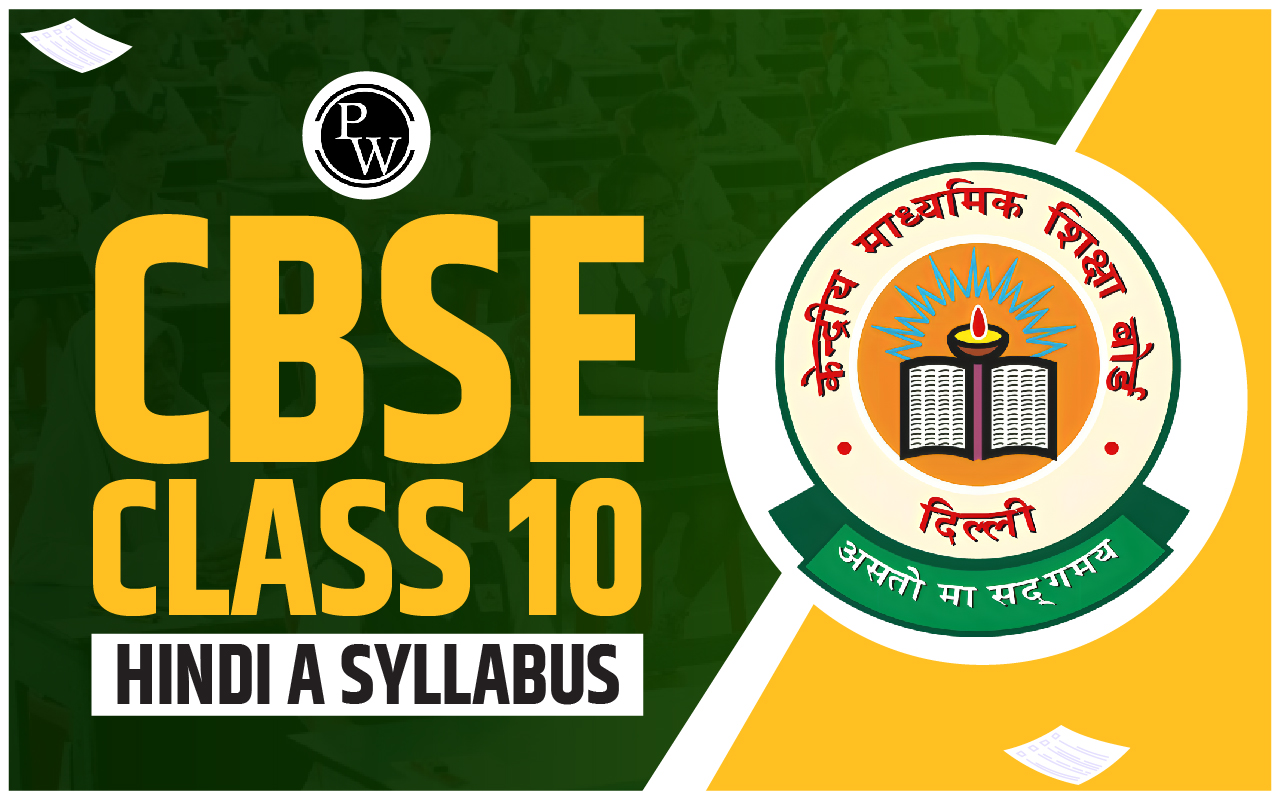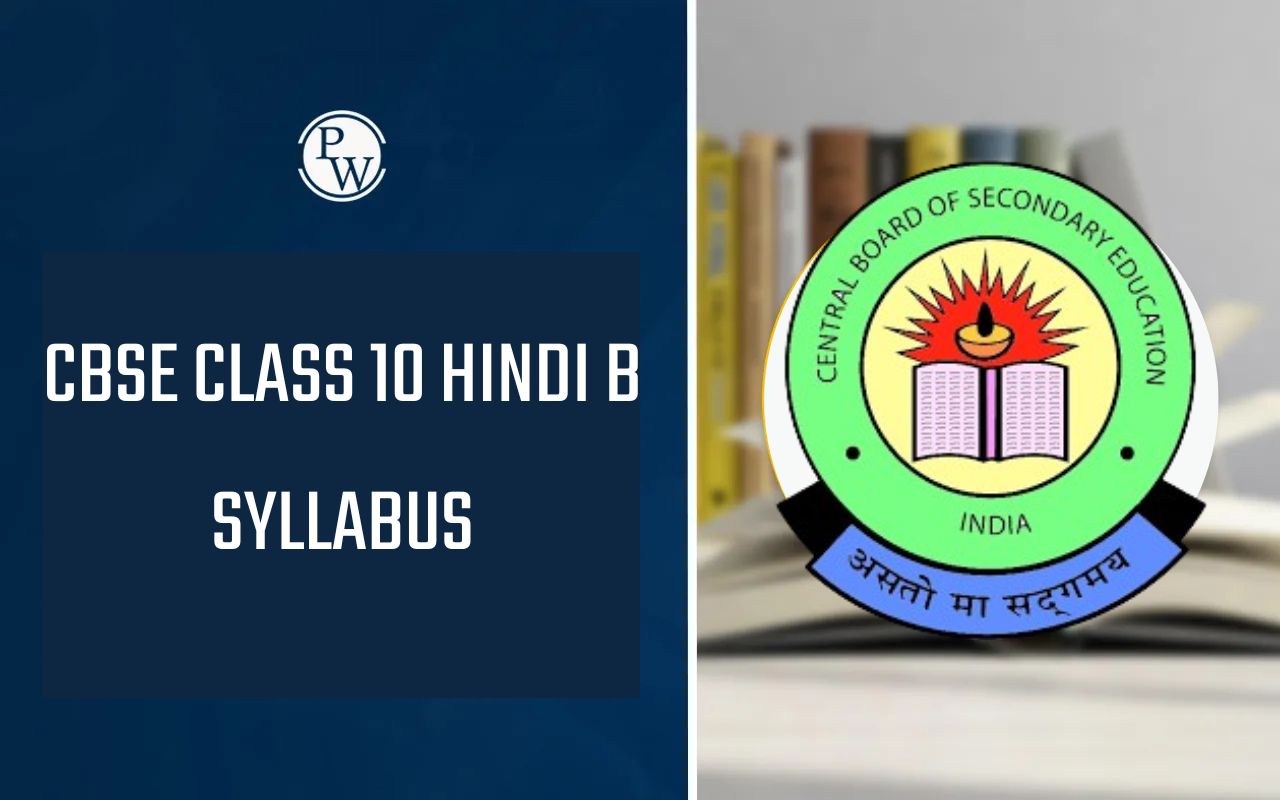
NCERT Solutions for Class 12 Maths Chapter 3 Exercise 3.2 Matrices is prepared by the academic team of Physics Wallah. We have prepared NCERT Solutions for all exercises of Chapter 3. Below are step-by-step solutions to all questions given in NCERT Solutions for Class 12 Maths Chapter 3 Exercise 3.2 Matrices.
NCERT Solutions for Class 12 Maths Chapter 3 Miscellaneous Exercise
NCERT Solutions for Class 12 Maths Chapter 3 Exercise 3.2 Overview
NCERT Solutions for Class 12 Maths Chapter 3 Exercise 3.2 addresses these significant subjects. In order to fully comprehend the concepts presented in the chapter and make effective use of the provided solutions, it is recommended that students go over each topic in great detail. The intention is for students to effortlessly achieve excellent exam scores after reviewing and practicing these responses.NCERT Solutions for Class 12 Maths Chapter 3 Exercise 3.2
Solve The Following Questions NCERT Solutions for Class 12 Maths Chapter 3 Exercise 3.2 Matrices:
Question 1. Let A = . Find each of the following:
(i) A + B
(ii) A – B
(iii) 3A – C
(iv) AB
(v) BA
Solution :
(i)
. Find each of the following:
(i) A + B
(ii) A – B
(iii) 3A – C
(iv) AB
(v) BA
Solution :
(i)
 (ii)
(ii)
 (iii)
(iii)
 (iv)
(iv)
 (v)
(v)

NCERT Solutions for Class 12 Maths Chapter 3 Exercise 3.1
Question 2. Compute the following: (i) (ii)
(ii)
 (iii)
(iii)
 (iv)
(iv)
 Solution :
Solution :
 (ii)
(ii)
 (iii)
(iii)
 (iv)
(iv)

NCERT Solutions for Class 12 Maths Chapter 3 Exercise 3.3
Question 3. Compute the indicated products: (i) (ii)
(ii)
 (iii)
(iii)
 (iv)
(iv)
 (v)
(v)
 (vi)
(vi)
 Solution :
(i)
Solution :
(i)
 (ii)
(ii)
 (iii)
(iii)
 =
=
 (iv)
(iv)
 =
=
 (v)
(v)
 =
=
 (vi)
(vi)
 =
=

NCERT Solutions for Class 12 Maths Chapter 3 Exercise 3.4
Question 4. If then compute (A + B) and (B – C). Also, verify that A + (B – C) = (A + B) – C.
Solution :
then compute (A + B) and (B – C). Also, verify that A + (B – C) = (A + B) – C.
Solution :
 L.H.S. = R.H.S. Proved.
L.H.S. = R.H.S. Proved.
 then compute 3A – 5B.
Solution :
then compute 3A – 5B.
Solution :
 Question
6. Simplify:
Question
6. Simplify:
 Solution :
Solution :
 Question
7. Find X and Y, if:
(i)
Question
7. Find X and Y, if:
(i)
 (ii)
(ii)
 Solution :
(i)
Solution :
(i)
 (ii)
(ii)


| NCERT Solutions for Class 12 Maths Chapter 2 Exercise 2.1 | NCERT Solutions for Class 12 Maths Chapter 2 Exercise 2.2 |
| NCERT Solutions for Class 12 Maths Chapter 2 Miscellaneous Exercise | |
 Solution :
Solution :
 Question
9. Find x and y if
Question
9. Find x and y if
 Solution :
Solution :
 Question
10. Solve the equation for x,y,z and t if
Question
10. Solve the equation for x,y,z and t if
 Solution :
Solution :
 Question
11. If
Question
11. If
 find the values of x and y
Solution :
find the values of x and y
Solution :
 Comparing the corresponding elements of these two matrices, we get:
2x − y = 10 and 3x + y = 5
Adding these two equations, we have:
5x = 15
⇒ x = 3
Now, 3x + y = 5
⇒ y = 5 − 3x
⇒ y = 5 − 9 = −4
∴x = 3 and y = −4
Question
12. Given:
Comparing the corresponding elements of these two matrices, we get:
2x − y = 10 and 3x + y = 5
Adding these two equations, we have:
5x = 15
⇒ x = 3
Now, 3x + y = 5
⇒ y = 5 − 3x
⇒ y = 5 − 9 = −4
∴x = 3 and y = −4
Question
12. Given:
 find the values of x ,y,z and w
Solution :
find the values of x ,y,z and w
Solution :
 Question
13. If
Question
13. If
 show that
F(x) F(y) = F(x + y)
Solution :
show that
F(x) F(y) = F(x + y)
Solution :
 Question
14. Show that:
(i)
Question
14. Show that:
(i)
 (ii)
(ii)
 Solution :
(i)
Solution :
(i)
 (ii)
(ii)
 Question
15. Find A
2
– 5A + 6I if A =
Question
15. Find A
2
– 5A + 6I if A =
 .
.
Solution:
.png)
 prove that A
3
– 6A
2
+ 7A + 2I = 0.
Solution :
L.H.S. = A
3
– 6A
2
+ 7A + 2I
prove that A
3
– 6A
2
+ 7A + 2I = 0.
Solution :
L.H.S. = A
3
– 6A
2
+ 7A + 2I
 = R.H.S. Proved.
Question
17. If
= R.H.S. Proved.
Question
17. If
 find k so that A
2
= kA - 2I
Solution :
find k so that A
2
= kA - 2I
Solution :
 Question
18. If
Question
18. If
 and I is the identity matrix of order 2, show that I + A = (I - A)
and I is the identity matrix of order 2, show that I + A = (I - A)
 Solution :
Solution :
 Question
19. A trust fund has ` 30,000 that must be invested in two different types of bond. The first bond pays 5% interest per year and the second bond pays 7% interest per year. Using matrix multiplication, determine how to divide ` 30,000 in two types of bonds, if the trust fund must obtain an annual interest of (a) ` 1800, (b) ` 2000.
Solution :
(a) It is given that Rs.30,000 must be invested into two types of bonds with 5% and 7% interest rates.
Let Rs. x be invested in bonds of the first type. Thus, Rs. (30,000 − x) will be invested in the other type.
Hence, the amount invested in each type of the bonds can be represented in matrix form with each column corresponding to a different type of bond as:
X = [x 30,000 − x]
Annual interest obtained is Rs. 1800. We know, Interest = PTR/100
Here, the time is one year and thus T = 1.
Hence, the interest obtained after one year can be expressed in matrix representation as-
Question
19. A trust fund has ` 30,000 that must be invested in two different types of bond. The first bond pays 5% interest per year and the second bond pays 7% interest per year. Using matrix multiplication, determine how to divide ` 30,000 in two types of bonds, if the trust fund must obtain an annual interest of (a) ` 1800, (b) ` 2000.
Solution :
(a) It is given that Rs.30,000 must be invested into two types of bonds with 5% and 7% interest rates.
Let Rs. x be invested in bonds of the first type. Thus, Rs. (30,000 − x) will be invested in the other type.
Hence, the amount invested in each type of the bonds can be represented in matrix form with each column corresponding to a different type of bond as:
X = [x 30,000 − x]
Annual interest obtained is Rs. 1800. We know, Interest = PTR/100
Here, the time is one year and thus T = 1.
Hence, the interest obtained after one year can be expressed in matrix representation as-
 ⇒ 5x + 210000 − 7x = 180000
⇒ - 2x = - 30000
∴ x = 15000
Amount invested in the first bond = x = Rs. 15000
⇒ Amount invested second bond = Rs. (30000 − x) = Rs. (30000 − 15000) = Rs. 15000
∴ The trust has to invest Rs. 15000 each in both the bonds in order to obtain an annual interest of Rs. 1800.
(b) It is given that Rs.30,000 must be invested into two types of bonds with 5% and 7% interest rates.
Let Rs. x be invested in bonds of the first type. Thus, Rs. (30,000 − x) will be invested in the other type.
Hence, the amount invested in each type of the bonds can be represented in matrix form with each column corresponding to a different type of bond as:
X = [x 30,000 − x]
Annual interest obtained is Rs. 2000.
Hence, the interest obtained after one year can be expressed in matrix representation as-
⇒ 5x + 210000 − 7x = 180000
⇒ - 2x = - 30000
∴ x = 15000
Amount invested in the first bond = x = Rs. 15000
⇒ Amount invested second bond = Rs. (30000 − x) = Rs. (30000 − 15000) = Rs. 15000
∴ The trust has to invest Rs. 15000 each in both the bonds in order to obtain an annual interest of Rs. 1800.
(b) It is given that Rs.30,000 must be invested into two types of bonds with 5% and 7% interest rates.
Let Rs. x be invested in bonds of the first type. Thus, Rs. (30,000 − x) will be invested in the other type.
Hence, the amount invested in each type of the bonds can be represented in matrix form with each column corresponding to a different type of bond as:
X = [x 30,000 − x]
Annual interest obtained is Rs. 2000.
Hence, the interest obtained after one year can be expressed in matrix representation as-
 ⇒ 5x + 210000 − 7x = 200000
⇒ −2x = − 10000
∴ x = 5000
Amount invested in the first bond = x = Rs. 5000
⇒ Amount invested second bond = Rs. (30000 − x) = Rs. (30000 − 5000) = Rs. 25000
∴ The trust has to invest Rs.5000 in the first bond and Rs.25000 in the second bond in order to obtain an annual interest of Rs.2000.
Question
20. The bookshop of a particular school has 10 dozen chemistry books, 8 dozen physics books, 10 dozen economics books. Their selling prices are ` 80, ` 60 and ` 40 each respectively. Find the total amount the bookshop will receive from selling all the books using matrix algebra.
Solution :
The bookshop has 10 dozen chemistry books, 8 dozen physics books, and 10 dozen economics books.
The selling prices of a chemistry book, a physics book, and an economics book are respectively given as Rs 80, Rs 60, and Rs 40.
The total amount of money that will be received from the sale of all these books can be represented in the form of a matrix as:
⇒ 5x + 210000 − 7x = 200000
⇒ −2x = − 10000
∴ x = 5000
Amount invested in the first bond = x = Rs. 5000
⇒ Amount invested second bond = Rs. (30000 − x) = Rs. (30000 − 5000) = Rs. 25000
∴ The trust has to invest Rs.5000 in the first bond and Rs.25000 in the second bond in order to obtain an annual interest of Rs.2000.
Question
20. The bookshop of a particular school has 10 dozen chemistry books, 8 dozen physics books, 10 dozen economics books. Their selling prices are ` 80, ` 60 and ` 40 each respectively. Find the total amount the bookshop will receive from selling all the books using matrix algebra.
Solution :
The bookshop has 10 dozen chemistry books, 8 dozen physics books, and 10 dozen economics books.
The selling prices of a chemistry book, a physics book, and an economics book are respectively given as Rs 80, Rs 60, and Rs 40.
The total amount of money that will be received from the sale of all these books can be represented in the form of a matrix as:
 Thus, the bookshop will receive Rs 20160 from the sale of all these books.
Question
21. Assume X, Y, Z, W and P are matrices of order 2 x n,3 x k,2 x p, n x 3 and p x k repectively. The restriction on n,k and p so that PY + WY will be define are:
A. k = 3, p = n
B. k is arbitrary, p = 2
C. p is arbitrary, k = 3
D. k = 2, p = 3
Solution :
Matrices P and Y are of the orders p × k and 3 × k respectively.
Therefore, matrix PY will be defined if k = 3. Consequently, PY will be of the order p × k.
Matrices W and Y are of the orders n × 3 and 3 × k respectively.
Since the number of columns in W is equal to the number of rows in Y, matrix WY is well-defined and is of the order n × k.
Matrices PY and WY can be added only when their orders are the same.
However, PY is of the order p × k and WY is of the order n × k. Therefore, we must have p = n.
Thus, k = 3 and p = n are the restrictions on n, k, and p so that PY + WY will be defined.
Therefore, option (A) is correct.
Question
22.
Assume X, Y, Z, W and P are matrices of order 2 x n,3 x k,2 x p, n x 3 and p x k repectively.
If n = p then order of matrix 7X – 5Z is:
Thus, the bookshop will receive Rs 20160 from the sale of all these books.
Question
21. Assume X, Y, Z, W and P are matrices of order 2 x n,3 x k,2 x p, n x 3 and p x k repectively. The restriction on n,k and p so that PY + WY will be define are:
A. k = 3, p = n
B. k is arbitrary, p = 2
C. p is arbitrary, k = 3
D. k = 2, p = 3
Solution :
Matrices P and Y are of the orders p × k and 3 × k respectively.
Therefore, matrix PY will be defined if k = 3. Consequently, PY will be of the order p × k.
Matrices W and Y are of the orders n × 3 and 3 × k respectively.
Since the number of columns in W is equal to the number of rows in Y, matrix WY is well-defined and is of the order n × k.
Matrices PY and WY can be added only when their orders are the same.
However, PY is of the order p × k and WY is of the order n × k. Therefore, we must have p = n.
Thus, k = 3 and p = n are the restrictions on n, k, and p so that PY + WY will be defined.
Therefore, option (A) is correct.
Question
22.
Assume X, Y, Z, W and P are matrices of order 2 x n,3 x k,2 x p, n x 3 and p x k repectively.
If n = p then order of matrix 7X – 5Z is:
(A) p × 2
(B) 2 × n
(C) n × 3
(D)p × n
Solution : Matrix X is of the order 2 × n. Therefore, matrix 7X is also of the same order. Matrix Z is of the order 2 × p, i.e., 2 × n [Since n = p] Therefore, matrix 5Z is also of the same order. Now, both the matrices 7X and 5Z are of the order 2 × n. Thus, matrix 7X − 5Z is well-defined and is of the order 2 × n. The correct answer is B.NCERT Solutions for Class 12 Maths Chapter 3 Exercise 3.2 FAQs
What does Exercise 3.2 in Class 12 Maths Chapter 3 cover?
How can I access NCERT Solutions for Class 12 Maths Chapter 3 Exercise 3.2?
Are these solutions free to use?
Are these solutions helpful for board exam preparation?
Can I download the NCERT Solutions for Class 12 Maths Chapter 3 Exercise 3.2?

